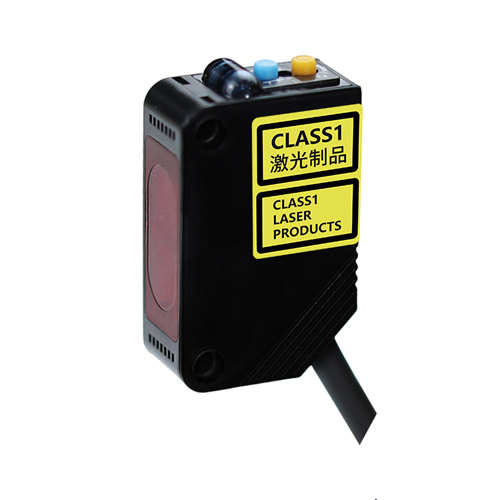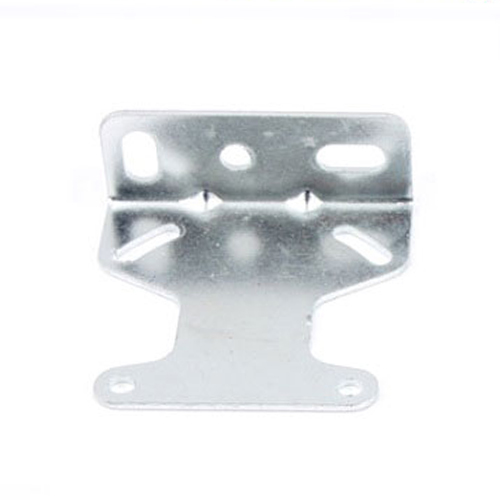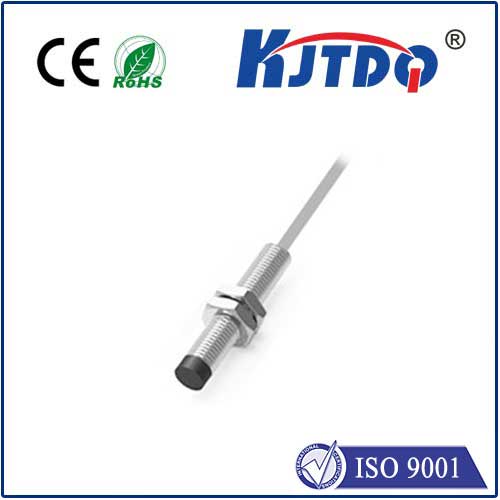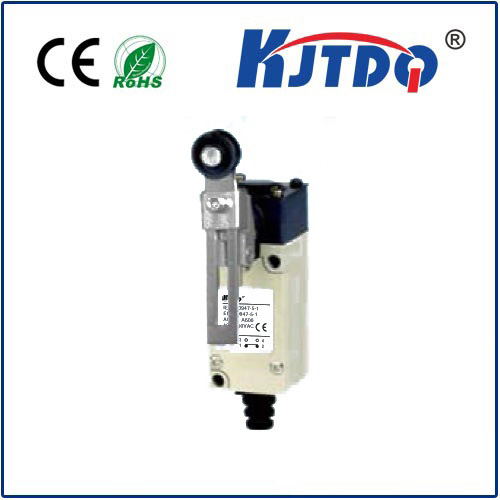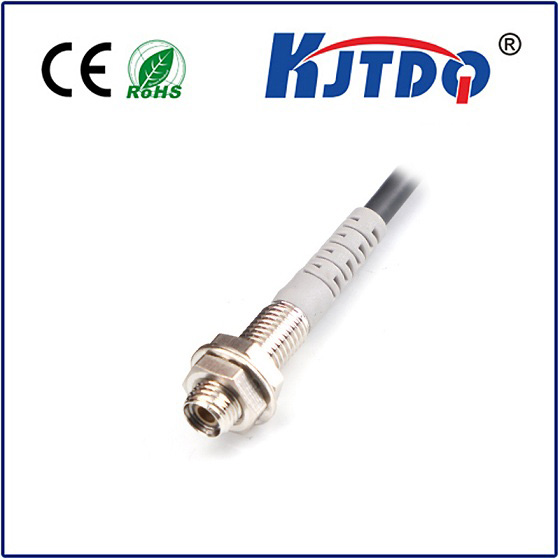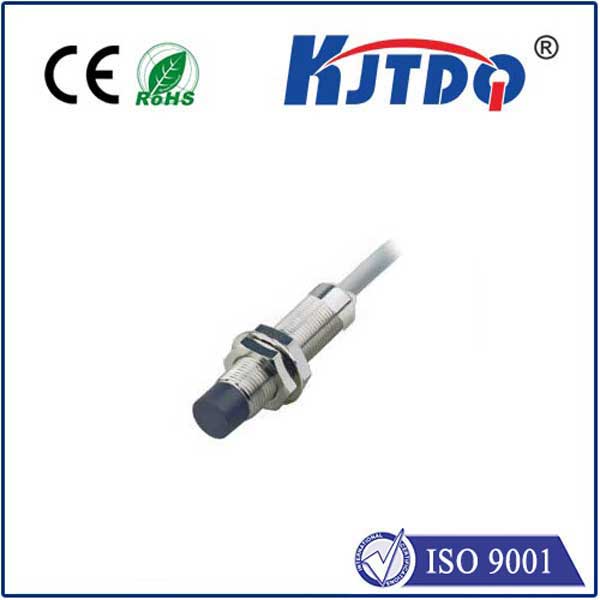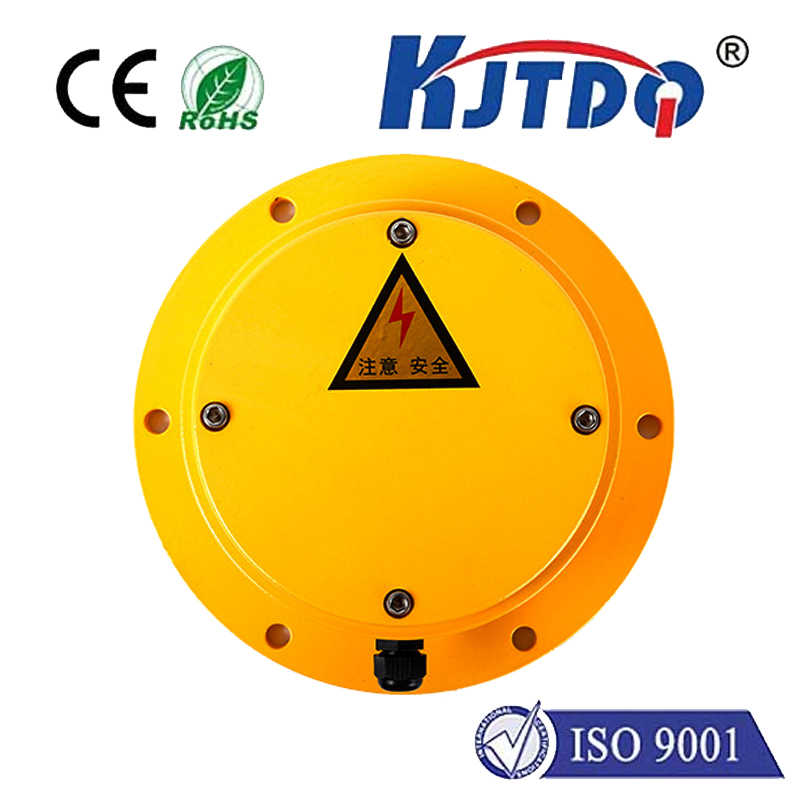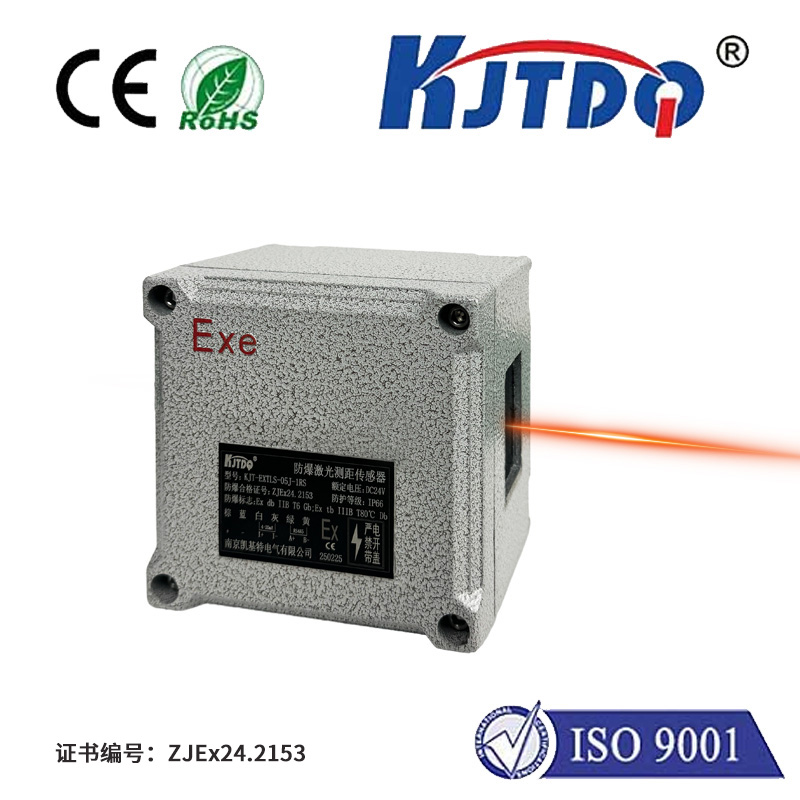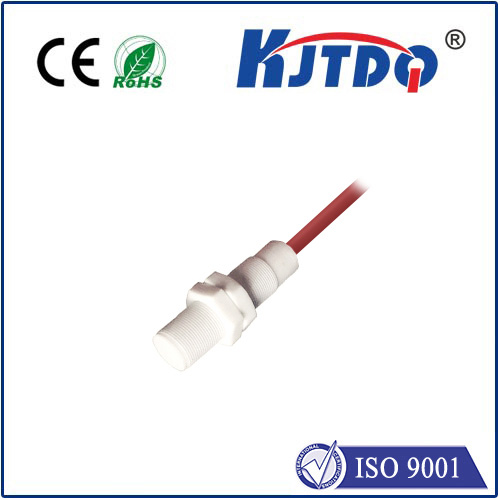industrial temperature meter
- time:2025-08-23 03:15:51
- Click:0
Industrial Temperature Meters: The Silent Guardians of Process Efficiency and Safety
Imagine a batch of life-saving pharmaceuticals spoiling because a reactor overheated by mere degrees. Picture a high-performance alloy failing because its heat treatment furnace temperature drifted unnoticed. Envision a food processing line shutting down due to bacterial growth from inadequate pasteurization temperatures. These aren’t hypothetical disasters; they are real-world risks mitigated daily by industrial temperature meters, the indispensable workhorses of modern manufacturing and process control.
Far beyond the simple thermometers we use at home, industrial temperature meters are rugged, precise instruments engineered to withstand harsh environments while delivering critical data. They are the nerve endings of industrial processes, providing the continuous feedback required to ensure product quality, optimize energy consumption, safeguard expensive machinery, and protect the safety of personnel and the surrounding environment. Their role is fundamental and often understated – until something goes wrong.
Why Precision Matters in the Industrial Arena
In industrial settings, temperature isn’t just a number; it’s a critical process variable (CPV). Deviations, even small ones, can cascade into significant problems:

- Quality Control: Precise temperature is vital in chemical reactions, material curing, food sterilization, and semiconductor manufacturing. For instance, a few degrees too low in an oven can leave food unsafe, while a few degrees too high in a plastics molding machine can degrade the material.
- Safety: Overheating vessels, pipes, or electrical components can lead to catastrophic equipment failure, fires, or explosions. Industrial temperature sensors provide essential shutdown triggers. Monitoring bearing temperatures in motors prevents fires.
- Efficiency & Cost Savings: Maintaining optimal operating temperatures maximizes fuel efficiency in boilers and furnaces. Precise control minimizes energy waste and reduces scrap rates caused by out-of-spec production.
- Equipment Longevity: Consistently high temperatures accelerate wear and tear on mechanical components. Monitoring helps schedule predictive maintenance before failures occur.
- Compliance: Many industries (pharmaceuticals, food & beverage, petrochemicals) operate under strict regulatory frameworks (FDA, HACCP, ISO) that mandate accurate, verifiable temperature monitoring and recording.
Key Industries and Applications
Industrial temperature meters find application almost everywhere controlled heat or cold is essential:
- Manufacturing: Metal forging, heat treating, plastic injection molding, glass production, rubber vulcanization.
- Chemical & Petrochemical: Reactor temperature control, distillation column monitoring, pipeline safety, catalyst bed temperature.
- Food & Beverage: Pasteurization, sterilization, cooking, baking, freezing, cold chain logistics monitoring.
- Pharmaceutical & Biotechnology: Fermentation control, sterilization (autoclaves), lyophilization (freeze-drying), stability chambers.
- Power Generation: Boiler temperature monitoring, turbine exhaust gas temperature, transformer cooling.
- HVAC & Refrigeration: Monitoring large-scale building systems, industrial chillers, and refrigeration units.
- Pulp & Paper: Drying section control in paper machines.
Unpacking the Technology: Sensors and Instruments
An industrial temperature measurement system typically consists of:
- The Sensor (Thermometer or Probe): The actual device exposed to the process medium. Common types include:
- Thermocouples (T/Cs): Widely used due to durability, wide temperature range, and relatively low cost. They generate a small voltage proportional to the temperature difference between two dissimilar metal junctions.
- Resistance Temperature Detectors (RTDs): Offer higher accuracy and stability than thermocouples over a narrower range. They work by measuring the change in electrical resistance of a pure metal wire (usually platinum) with temperature.
- Thermistors: Semiconductor devices with a large, predictable change in resistance with temperature. Excellent for high sensitivity applications within a limited range.
- Infrared (IR) Pyrometers: Non-contact sensors that measure the thermal radiation emitted by an object. Ideal for moving objects, very high temperatures, or situations where contact is impossible or undesirable.
- The Meter/Transmitter/Indicator: This unit receives the signal from the sensor and converts it into a usable reading. Key types include:
- Portable Digital Thermometers: Handheld units for spot checks, troubleshooting, and calibration verification. Often combined with interchangeable probes.
- Panel-Mounted Indicators: Provide continuous local readout on control panels.
- Temperature Transmitters: Convert the sensor signal (like millivolts or ohms) into a standardized analog signal (4-20 mA) or digital signal (HART, Foundation Fieldbus, Modbus) for transmission over longer distances to process control systems (PLCs, DCS, SCADA).
- Temperature Controllers: Combine measurement with control logic output (e.g., turning a heater or cooler on/off) to maintain a setpoint.
Choosing the Right Industrial Temperature Meter: Critical Factors
Selecting the optimal industrial temperature monitoring solution isn’t one-size-fits-all. Consider these key aspects:
- Temperature Range & Accuracy Requirements: What temperatures need measuring, and how precise must the readings be? RTDs are often chosen for high accuracy needs, thermocouples for wide ranges/extremes.
- Process Environment: Is it corrosive, pressurized, vibrating, submerged, or subject to high electrical noise? Sensor construction (probe sheath material, junction type) and ingress protection (IP) ratings are crucial. Immersion probes for liquids or gases, surface probes for pipes or tanks.
- Response Time: How quickly does the sensor need to detect temperature changes? Thin thermocouples or exposed junction probes offer faster response.
- Signal Output & Integration Needs: Is local display sufficient, or is integration into a control system necessary? Choose indicators, transmitters, or controllers accordingly.
- Ruggedness & Longevity: Industrial settings are tough. Look for robust construction and sensors designed for industrial duty cycles.
- Calibration & Maintenance: Regular calibration is non-negotiable for accuracy traceability. Consider ease of calibration and sensor replacement.
Beyond Measurement: Trends in Industrial Temperature Monitoring
Modern industrial temperature instrumentation is increasingly intelligent and connected:
- Wireless Sensors: Enable monitoring in hard-to-reach locations and reduce installation costs.
- Smart Transmitters: Offer diagnostics, remote configuration, and higher accuracy through sensor characterization data storage.
- Integration with IIoT (Industrial Internet of Things): Temperature data feeds into centralized analytics platforms for predictive maintenance, trend analysis, and overall process optimization.
- Advanced Data Logging: Recording historical temperature profiles for compliance reporting, troubleshooting, and quality assurance.
- Increased Focus on Calibration Traceability: Ensuring measurements are accurate and compliant with international standards.
Industrial temperature meters are far more than simple gauges. They are sophisticated systems fundamental to the safe, efficient, and high-quality operation of countless processes that define modern industry. From safeguarding multi-million dollar equipment to ensuring the purity of medicines on our shelves, these silent guardians play a pivotal role. Selecting, installing, and maintaining the right industrial temperature sensor and instrumentation is an investment in reliability, quality, safety, and ultimately, the bottom line.












